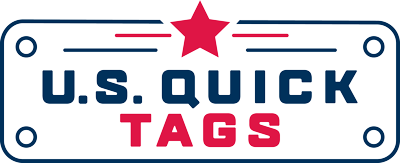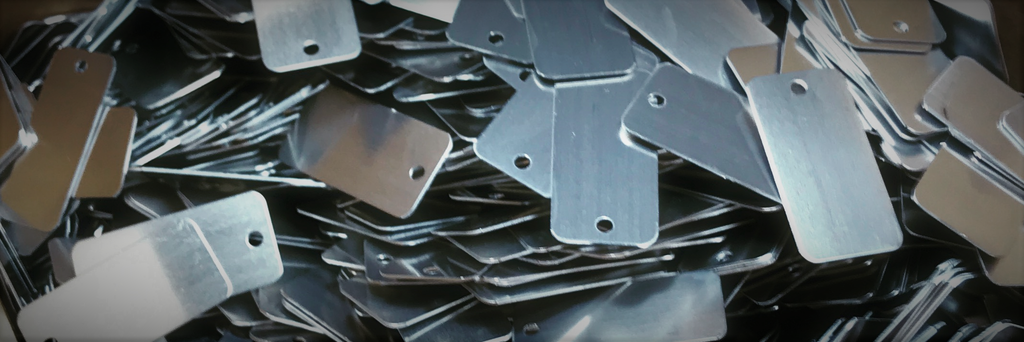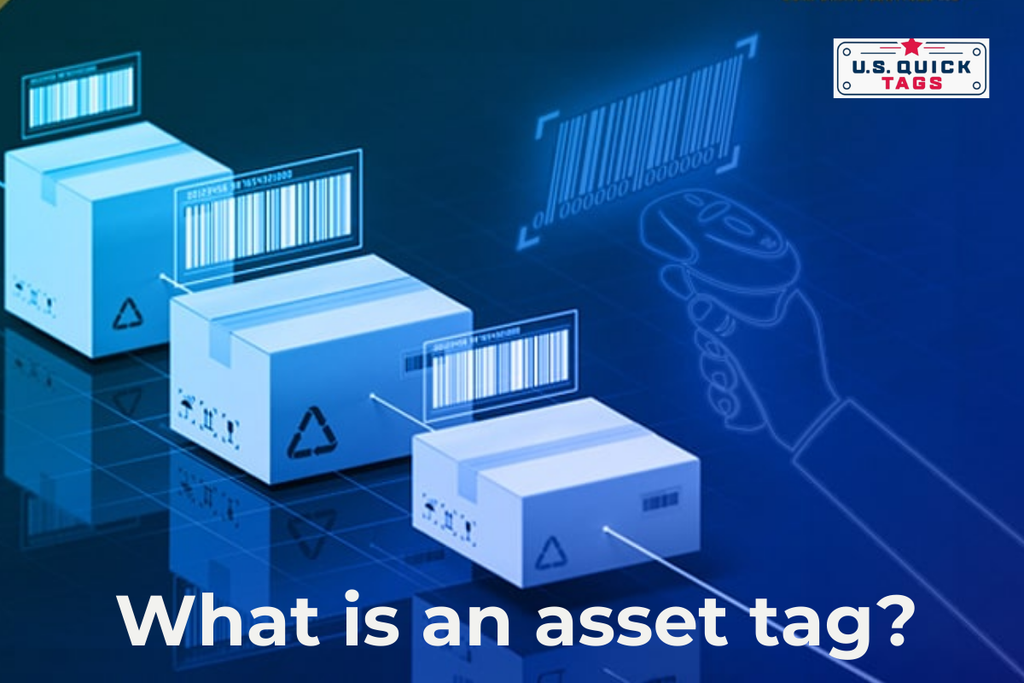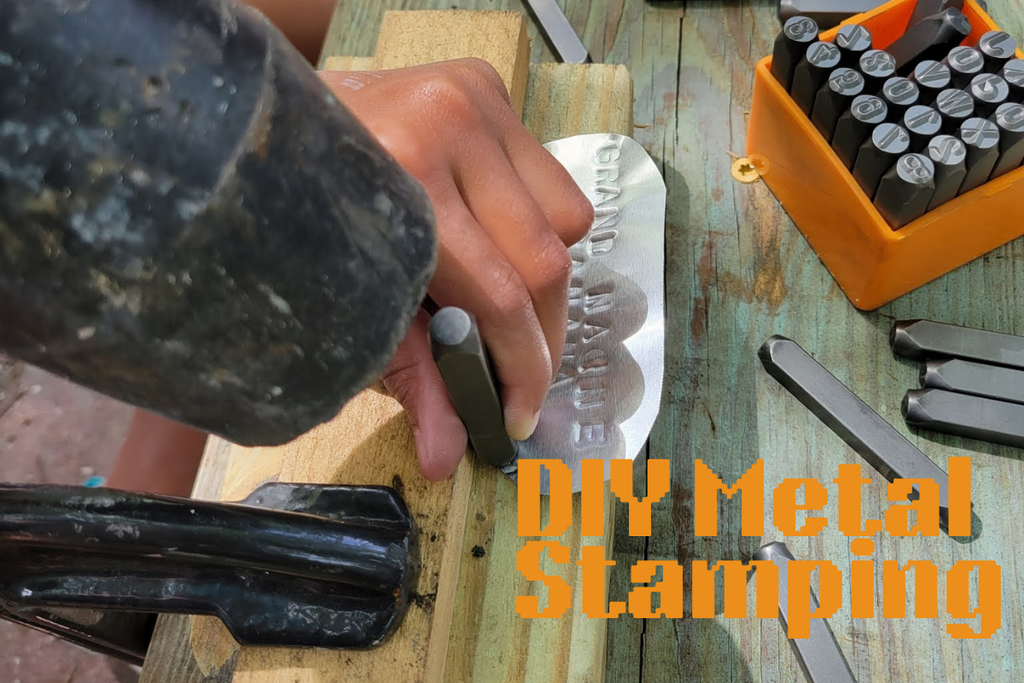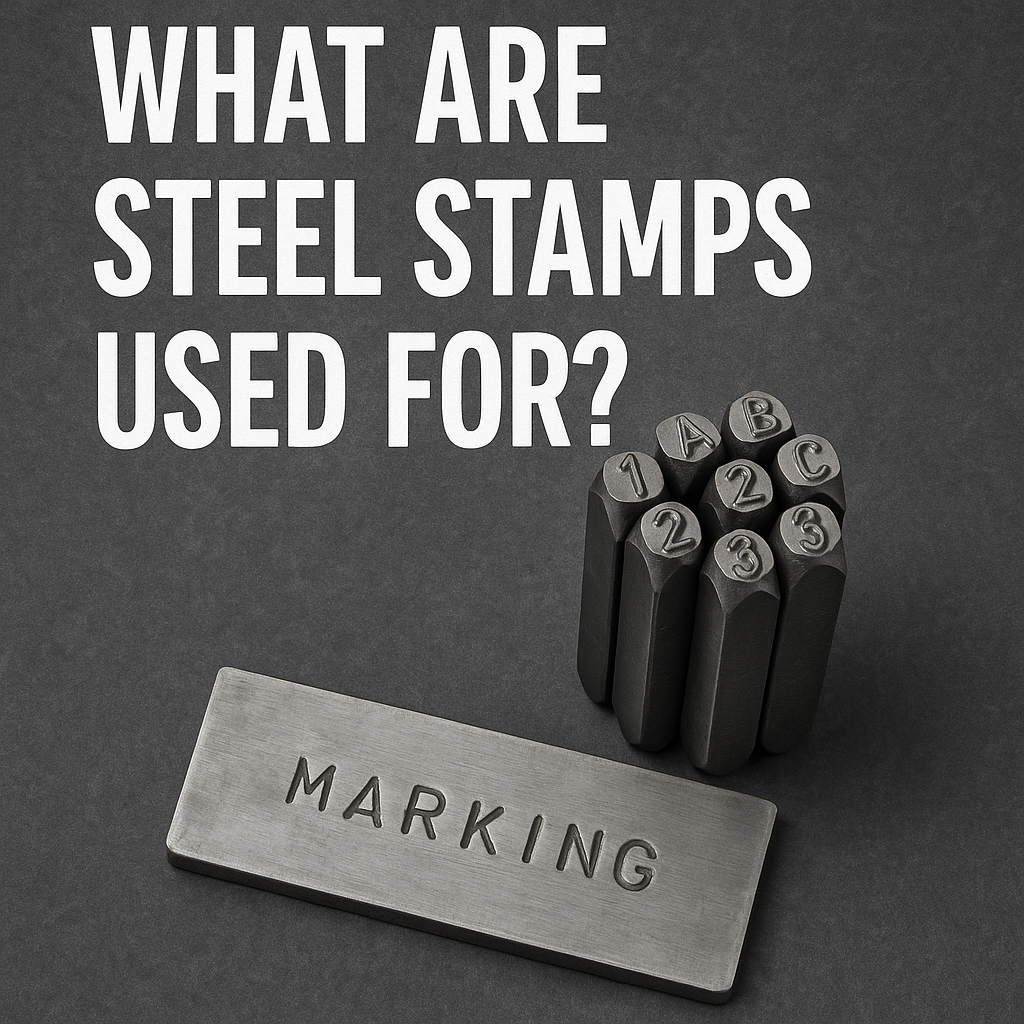The Basics of Stainless Steel Blank Tags
- USQuickBlogs
- 24 Sep, 2019
Marking your own identification tags is a major advantage in both cost and speed. The real question is about durability. Can nameplates marked in-house really be durable?
Blank stainless steel tags are one of the most effective and durable solutions for in-house identification marking.
Durability
Applications vary significantly between industries and organizations. One company might attach nameplates to the machine which sits in the corner of the shop and doesn’t see much wear. While another organization tags their tools used out in the field getting exposed to rain, mud, and extreme temperatures.
Stainless steel is an incredibly durable material used for the toughest of industrial conditions. This material has desirable properties such as resistance to scratching and corrosion.
Keep in mind that various grades of stainless feature different properties.
This level of durability is a must when your application calls for use in harsh environments.
What Are They Used For?
Blank stainless steel tags are used for just about anything you can imagine. The stainless material is incredibly versatile, allowing it to fit in to nearly any industrial application.
Industries across the board use these tags to mark tools, machines, and everything in between.
The biggest benefit that blank tags offer is the ability to mark your information in-house. This reduces any lead times between ordering pre-marked tags and being able to use them. In addition, it can be your only option if your organization won’t know the marking information ahead of time.
Common Applications
Blank tags are able to take on many functions depending on how you decide to utilize them. Adding color with painted steel makes them apt for color coding valves.
Adding a serialized number to tags provides you the ability to easily identify and track your assets. This can help clean up your processes and maintain better traceability.
Tags can be used for something as simple as “property of” marking or safety information as well.
There really is no limit to the number of applications blank tags can be used for.
Industries
There are many industries which rely on stainless steel blanks tags for their identification.
Here are a few examples:
- Energy
- Equipment Manufacturers
- Construction
- Government (Federal, State and Local)
- Oil & Gas
- Telecommunications
- Many More
Marking Process
As with the majority of blank tags, stainless steel blanks are intended to be marked by the end user. There are many methods of marking these nameplates.
One of the most common methods is the use of hand stamps. As the name suggests, these are stamps which are struck by hand to indent information into the nameplate. These tools are easy to work with, allowing for anyone to mark the tags.
Trying to hand stamp hundreds of tags at a time is a lot of work. Fortunately, there are metal tag marking machines which makes the process much easier at scale.
Etching and engraving machines can cut specified designs into the material, but this is considered slow to use, as well as expensive.
Embossing machines are a popular alternative as they provide a relatively quick way to mark variable information into tags. One thing to note is that if you plan on using an embossing machine to mark your tags they must be produced flat, or else the machine will not work properly.
Size/Shape Options
Stainless steel blanks are produced in various sizes, shapes, holes, and thicknesses to accommodate for a variety of applications.
Some common thicknesses include .016” and .032”, with sizes varying. Common shapes are circles, squares, ovals, and rectangles.
These tags typically include holes for mounting. The most popular choices are layouts with one or two holes, but some applications require something entirely different. For example, using no holes when they will be welded to a surface or 4 holes when they will be mounted via 4 screws.
In addition, stainless steel can be made into cable ties. This provides the ability to mark cylindrical objects. Marking a pipe or valve with a flat square tag might not be feasible, but with stainless steel cable ties the application is as simple as wrapping around and attaching.
Wrap Up
Identifying your equipment, tools, and parts is an important element of running a successful organization. Stainless steel blanks provide a versatile solution which will last for a significant amount of time. The durable material is strong enough to hold up in even the toughest industrial applications.
